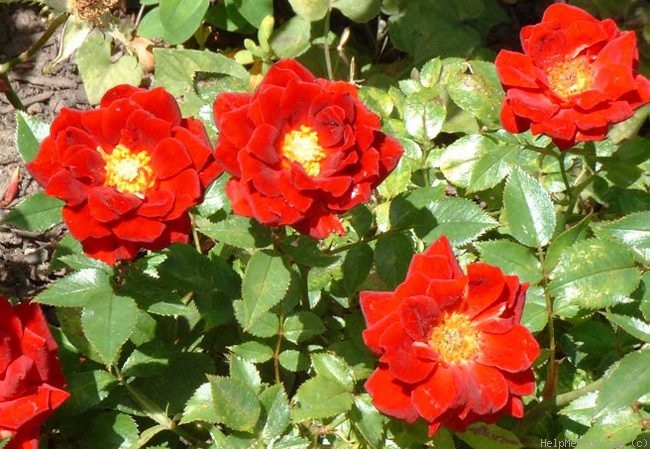|
|
'Happy Hour' rose Description

Photo courtesy of Judy V's Kelowna Roses
ARS:
Medium red Miniature. Registration name: SAVanhour
Bloom:
Red. Strong fragrance. 20 petals. Average diameter 1.25". Blooms in flushes throughout the season.
Habit:
Bushy.
Height: 10" to 14" (25 to 35cm).
Growing:
USDA zone 4b through 10b. Disease susceptibility: disease resistant. Spring Pruning: Remove old canes and dead or diseased wood and cut back canes that cross. In warmer climates, cut back the remaining canes by about one-third. In colder areas, you'll probably find you'll have to prune a little more than that.
Patents:
United States - Patent No: PP 5,494 on 30 Apr 1985 VIEW USPTO PATENTApplication No: 06/535,735 on 26 Sep 1983
|